Most gardeners know how to combine plants in a vegetable garden and truly maximize all its potential. Pairing plants that can grow well together, like the three sisters combo of squash, corn, and beans.
The science behind companion planting also applies to dry herbal gardens and many dry herbs are useful companions to plants in the vegetable garden too.
The strong fragrances we associate with herbs actually come with a lot of gardening perks, such as repelling pests that destroy your crops or attracting beneficial insects that feast on garden misfits.
Some neighboring herbs can increase the flavor profile or level of essential oils in other herb specimens planted with them.
This is what you need to know whether planning the layout of your herb garden or deciding which herbs to plant in your vegetable garden this season.
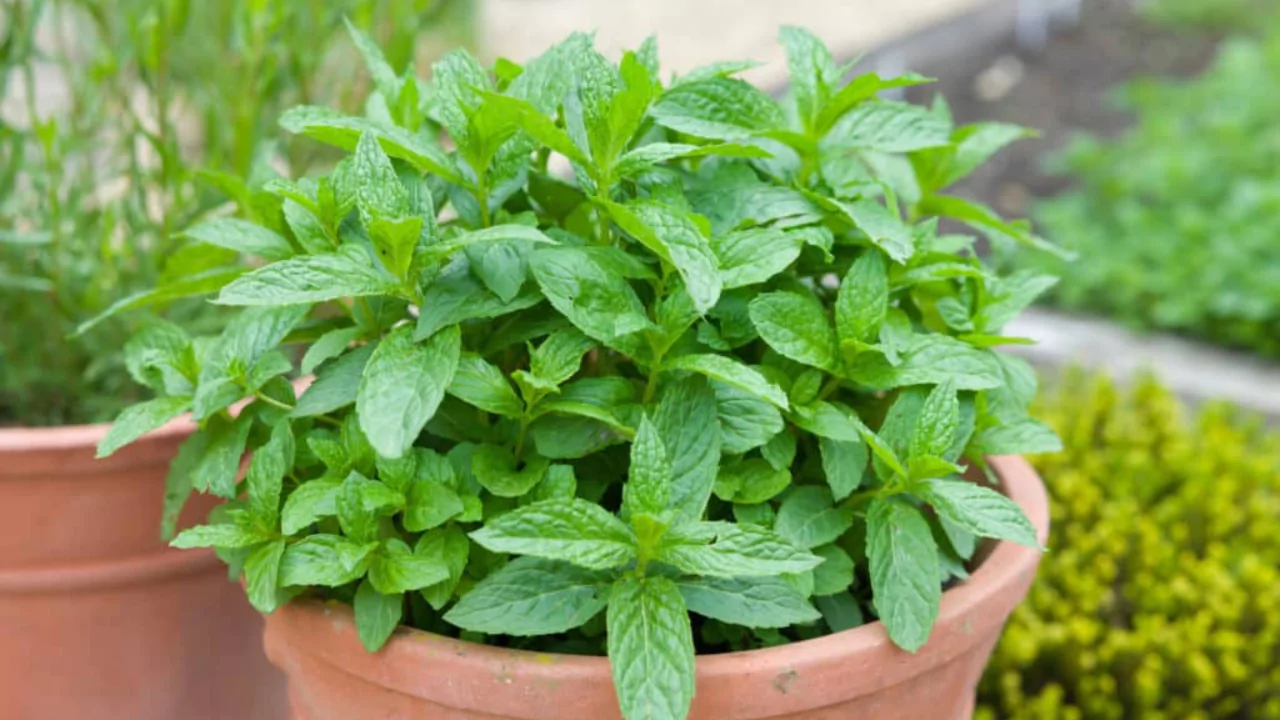
10 Herbs that Pair Perfectly As Growing Partners
Chives
Chives (Allium schoenoprasum), with their mild onion flavor and beautiful purple flowers, are one of the most versatile and beneficial herbs to have which makes them a great companion for other herbs and many vegetables. Chives do not only enhance culinary experiences, but also serve as a gardener’s secret weapon against common pests.
Their aroma helps prevent attacks from aphids. These tiny insects can cause damage to tender crops such as peas, lettuce, and celery. Chives are planted next to these vegetables and this herb does all and acts as a natural fence for its fellows without requiring any chemical pesticides.
Chives are highly regarded for their ability to repel the cucumber beetle, a very harmful pest well known for its destructive works on cucumber plants. When you grow chives beside your cucumbers, it acts like a scented armor that protects your crops and guarantees a bountiful harvest.
But the advantages do not end there. The presence of chives is said to aid the development and the growth of several other vegetables, primarily assisting carrots and tomatoes.
Most gardeners say that their carrots become sweeter, longer and brimming with rich flavors. Moreover, their tomatoes become more productive when chives are added to the mix which proves that remarkable herbs have the capability of nurturing other plants around them.
Chives offer many benefits and if you grow roses, you should think of adding them. Chives can be planted at the bottom of rose bushes. This combination helps gardeners get rid of Japanese beetles and black spot which is known for ruining the beauty of rose flowers.
Along with the listed protective benefits, chives bring in more pollinators like bees and butterflies which increases the productivity of flowering plants and fruit crops grown in your garden.
Chives are one of the easiest herbs when it comes to maintaining a garden. As long as they have well-drained soil and a sunny spot, they would do well in most gardens. This makes them an ideal choice for novice and experienced gardeners alike since bursts of adaptability add to their hardiness.
If you are venturing into vegetables, herbs, or even ornamental plants, chives add a graceful and functional touch while providing protection from pests, making them an essential herb for every garden.
Learn more about growing chives.
Rosemary
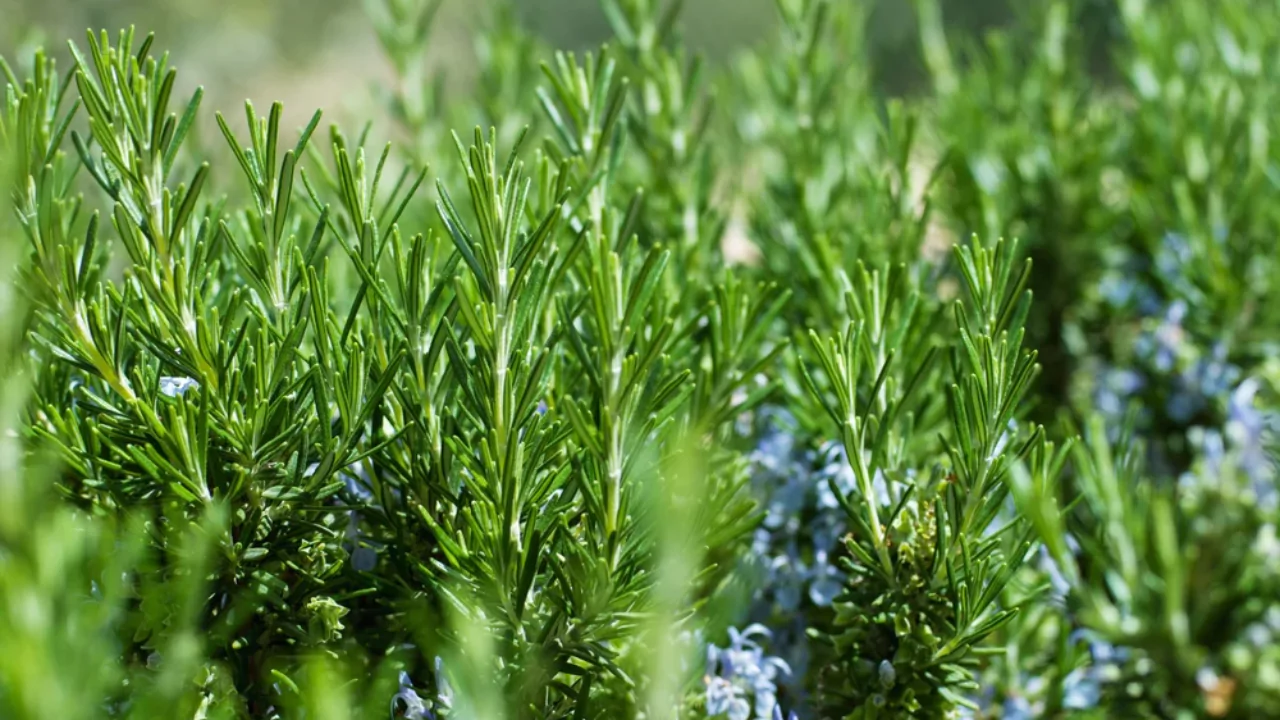
Rosemary, a remarkable aromatic herb, stands out in every garden. Unlike most herbs, however, rosemary is not friendly with most of its herbal neighbors.
Sage is the only exception. Despite limited herb companions, rosemary proves itself a stellar partner for certain vegetables, making it a valuable addition to mixed gardens.
Rosemary is also known for its compatability with broccoli. Rosemary’s strong, piney aroma serves as a natural deterent to cabbage loopers, aphids, and other pests that frequesntly attack broccoli heads.
While rosemary flourishes, broccoli also helps by enriching soil with nutrients, creating an ideal environment for a symbiotic relationship that helps both crops grow. This partnership benefits both and is ideal for the gardener who wants to keep pest problems and soil health in balance.
Rosemary is also well-known for its friendly bonds with beans, cabbage, and hot peppers, in addition to bringing broccoli peas. It is rosemary’s pest-repelling capabilities that help these vegetables strive, thus making the garden more productive and colorful.
However, not all rosemary friends are equally as welcoming. Carrots, potatoes, and pumpkins should all be planted at a distance as they do not succeed in thriving near rosemary.
Due to this herb’s strong growth habits and its ability to sustain pest plants, the herb’s placement must be properly planned ahead of time.
Rosemary is beneficial for the garden due to its ability to lure pollinators while also driving away dangerous insects. Additionally, rosemary has evergreen foliage, making it an asset in the garden.
When gardeners learn about the vegetables and herbs rosemary likes along with its companions and preferences, they can surely strategize optimal use of this multifaceted herb while ensuring growth alongside the vegetable partners.
Basil
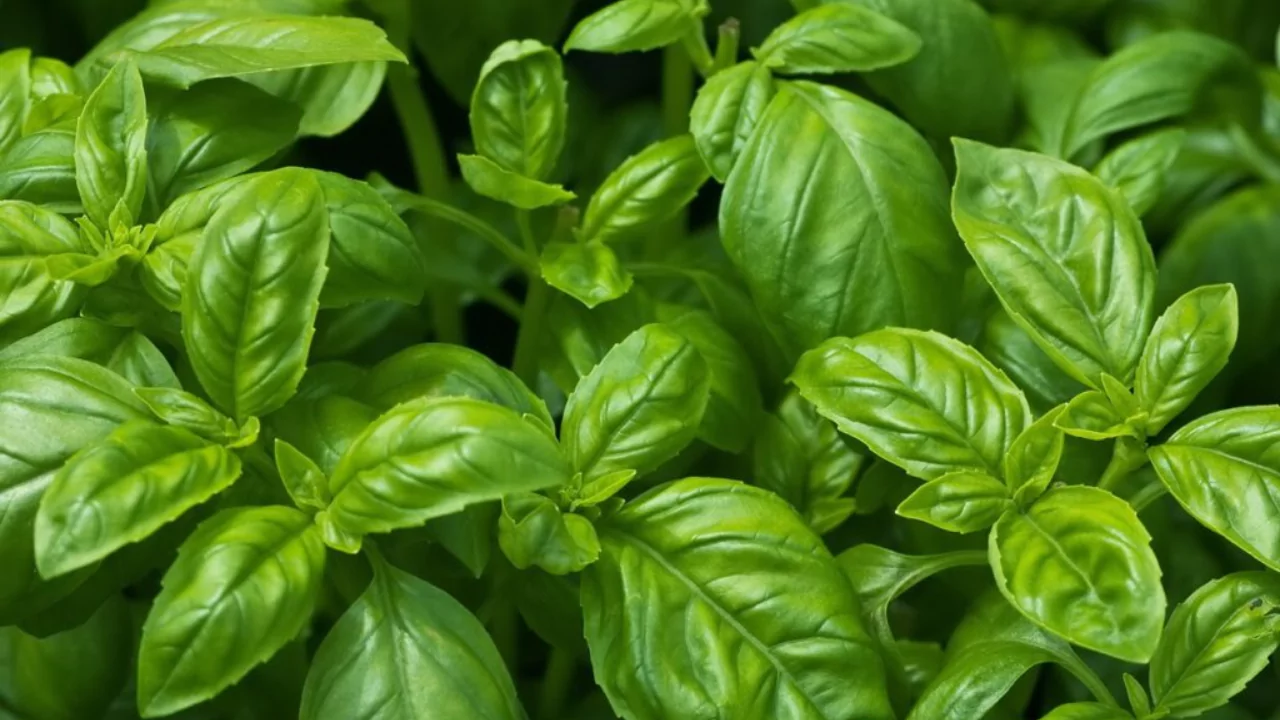
Basil is often cherished as an incredible addition to the garden in the culinary world as well as in vegetable planting. Like rosemary, basil seems to prefer the companionship of vegetables to other herbs.
While basil is best paired with rosemary, two armos in particular stand out: oregano and chamomile. These two spices are known to help withbetter yield of basil in the same garden bed.
Nonetheless, some herbs, mainly rue and sage, are better off planted far away as these herbs greatly restrain the growth of basil.
Talking about companions, basil is known around the world for it’s superb partnership with tomatoes.Addition of basil enriches the flavor of tomatoes while pest repellants like aphids, whiteflies, and hornworms that infrequently bother tomato plants are dealt with through basil’s strong scent. On the other hand, tomatoes help basil by protecting it from the scorching summer sun.
Along with tomatoes, basil goes well with other vegetables like potatoes, beets, cabbage, beans, asparagus, eggplant, and chili and bell peppers. Such synergistic relationships can help maintain a productive garden network.
Another helpful approach is to plant marigolds near basil since both help to control the activity of harmful pests, hence supporting each other and their neighbors.
This relationship allows effortless pest control, which makes basil a crucial resource for gardeners trying to minimize the use of chemical pesticides and increase crop yield.
Basil does not only serve culinary purposes. Its abilities to repel pests, enhance flavor, and have numerous associations with vegetables make it an essential ingredient to a garden intended for higher yield and pest-resistance.
Dill
Dill (Anethum graveolens) is valuable because of its adaptability, being both a decorative and functional addition to a garden. Its fragrant smell and soft feathery foliage makes dill attractive to pest-controlling bugs, ensuring a healthy garden ecosystem.
Dill is beneficial for natural pest control as it attracts ladybugs, butterflies, honey bees, wasps, hoverflies, and even the spectacular praying mantis. These helpful visitors not only pollinate your plants but also prey on common garden pests, ensuring a balanced environment.
Along with rendering assistance for the overpowering of pests, dill also helps protect the garden from harmful insects like cabbage loopers, spider mites, and aphids. Dill helps create a barrier with its aromatic presence, preventing its vicinity from getting damaged.
Agricultural experts claimed that the plants listed below are among the ones which benefit massively from pollination activity courtesy of its insect visitors along with the pest- repelling qualities of dill. These plants include corn, lettuce, cucumber, onions, asparagus, brussels sprouts, cabbage, broccoli, kohlrabi, and brassicas.
These plants benefit not only from dill’s pest-repelling properties but also from the boost in pollination activity brought by its insect visitors.
Yet, dill does not blend with every herb. Some vegetables and herbs do not do well when mixed with it. Shallow rooting exudates from dill’s roots will get in the way of pepper, potato, carrot, and eggplant’s growth, so it is best they be planted away from it.
Like dill, lavender is also particular about its growing conditions and does not do well when planted near dill due to a mismatch in their soil preference and moisture requirements.
The unique feature about dill is its ability to work as both a protector and an enchanter of pollination which is why it is a great compliment to each garden.
This herb stands out from the rest which is why experts suggest arranging the plants with the help of a structured plan-drawing-board in order to foster better growth into the vibrant garden.
Cilantro
Cilantro, or Coriandrum sativum, is commonly known as Mexican parsley. Like a great cook cilantro is used in a variety of different cuisines due to its refreshing, citrusy taste. Beyond the culinary, cilantro is a wonderful companion in the garden forming beneficial partnerships with many vegetables and herbs.
The vegetable garden will be a better place with the addition of cilantro as it makes wonderful companions with tomatoes and spinach. Besides letting cilantro thrive, it also protects tomatoes and spinach from pest infestations like spider mites and aphids.
When planting cilantro remember one key factor, fennel is never a good companion. These two plants are highly competitive and do not mix well with each other thus hindering each other’s growth. If both plants are kept at a distance, they can thrive beautifully.
These pairings can also improve biodiversity and pest control with the addition and harmonization of other herbs such as basil, mint, tansy, yarrow, lavender, and dill thus promoting a more diverse herbal ecosystem.
For a practical yet fun suggestion, try planting cilantro with jalapeños and onions next to your tomato plants. This not only allows for healthy growth but also promotes the ‘salsa bar’ theme in your backyard.
Because of its culinary versatility, adaptability to companion planting, and pest-repelling qualities, cilantro rightfully claims its spot in both herb and vegetable gardens.
With thoughtful planning and placement, this cool season favorite can shine, helping you make the most out of your gardening skills.
Sage
Sage (Salvia officinalis) is a fragrance filled, economical herb that withstands cooler temperatures and grows well with vegetables and fruits, making it a natural candidate for the vegetable garden. While most herbs do not combine well with sage, rosemary is a noted exception.
Sage (Salvia officinalis) is a fragrance filled, economical herb that withstands cooler temperatures and grows well with vegetables and fruits, making it a natural candidate for the vegetable garden. While most herbs do not combine well with sage, rosemary is a noted exception.
Apart from rosemary, sage’s best companions are found among vegetables and fruits, where sage offers useful and ornamental value.
Sage is particularly compatible with strawberries, tomatoes, carrots, and cabbage. Its earthy scent helps in repelling such herb pests as cabbage moths and carrot flies, protecting its neighbors.
In addition, sage supports strawberries by bringing important insects into the garden to aid in the pollination and health of the plants.
As a bonus consideration, allow a few sage plants to blossom. Apart from being visually appealing, these soft purple flowers also attract pollinators like bees and butterflies.
These beneficial visitors can enhance the productivity of your entire garden, making sure that all fruits and vegetables come out to their full potential.
With its pest-repellent characteristics, support of key crops, and ability to draw in pollinators, sage is an invaluable addition sage contributes to is vegetable gardens.
Placement next to friends and companions guarantees that this herb will do wonders for space, while mint, sage’s companion will get plenty of help in maintaining the garden’s overgrown feel of mint’s appealing fragrance.
Mint
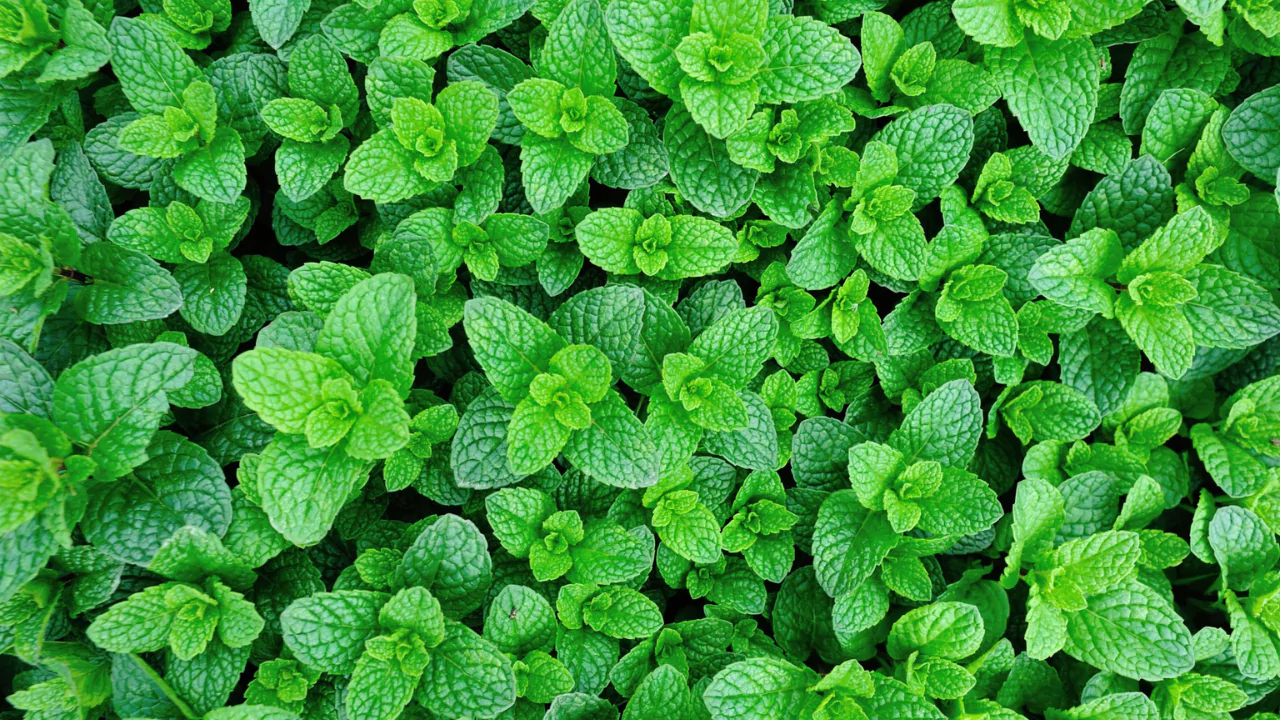
Vigorously branded mint from the nifty herb shop brings a Mentha herb to the wash of pros and challenges guarded in mini walls. Mint’s reputation for standing grounded, stem runners and scented flowers makes it aggressive, stretching well.
That is the reason the tended give planters a container holding the stronger. If grounded straight, one must die to scars left by regular fatigue.
Mint goes hand in hand with those excited for cocktail banters and cup blasts for tea drinkers.
Mint has great pest control capabilities, as its strong scent repels most garden pests like aphids, flea beetles, and onion flies. This makes it useful in the garden and makes mint a great addition to cabbage, kale, cauliflower, radishes, and even onions.
Mint is an excellent partner for several crops. Cabbage, kale, both types of cauliflower, and radishes all derive protection from mint but so do carrots and onions when planted close to mint.
Not stopping there, Mint’s compatibility allows it to thrive with an entire host of other vegetables. Beets, brussels sprouts, squash, lettuce, peas, bell peppers, chili peppers, broccoli, and even salad burnet benefit greatly from mint’s presence.
The permint benefits of successfully repelling pests and versatility helps integrate mint into a range of gardens.
In the case of dealing with aphids attacking tomato plants, mint poses an easy option. Planting mint next to your tomatoes will naturally improve the health of your plants while safely reducing the level of pests.
Lastly, mint works well with everyone else in the garden but also requires a considerate parent to carefully manage its growth for other plants that may mintually be overwhelmed. With appropriate care and placement mint works excellently with other gardening efforts to make for a more beneficial garden.
Tarragon
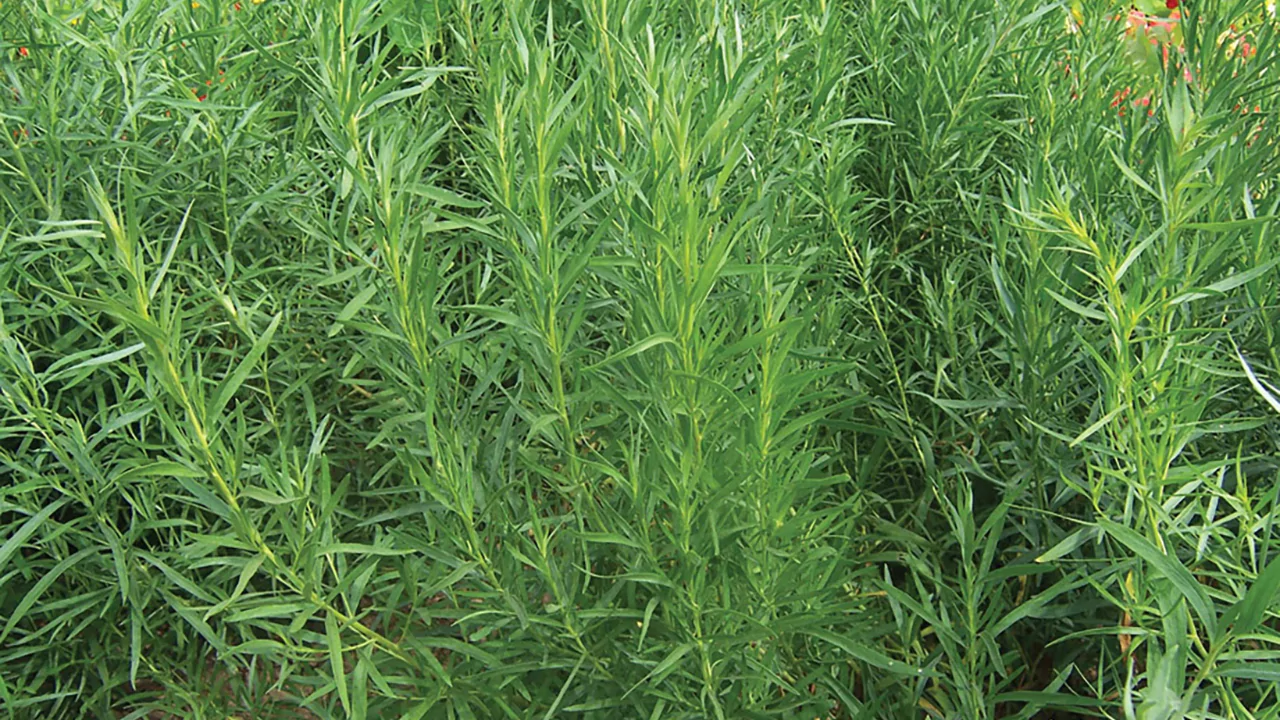
Tarragon (Artemisia dracunculus) is an exceptional herb particularly noted for its use as a “nurse plant” in the garden. This implies that tarragon can not only improve the flavor but also stimulate the growth of other vegetables nearby plants enhancing its compatibility with other crops.
To ensure whatsoever place you plant, tarragon will enhance the garden’s health and productivity. Its adaptability and broad compatibility adds value to the tarragon plant hence making it useful.
The best thing of tarragon is the aroma which helps it to repel pests. Its smell keeps away many pests which are common in the garden hence replacing need for synthetic pesticides.
Tarragon can even be employed as a barrier plant to section off areas of your garden which are parallelly served with protection from unwanted bugs. Where pest control is essential, these traits makes tarragon useful in mixed garden beds.
Tarragon’s best companion which also becomes a problem are eggplants. Due to pest concerns, eggplants become a wasp magnet. Thankfully, tarragon planted nearby helps them from getting mangled.
Gardens that are looking for harmony while being productive tend to pair crops with strong attributes together. So pairing tarragon and eggplants appears to make utmost sense as tarragon helps give greater yields while amplifying the flavors of eggplants.
Tarragon is a supportive addition to every garden because of its ability to help other plants, fend off pests, and grow under different conditions.
Tarragon’s specificity and versatility with little work required provides a boon to even the most novice gardeners which is why tarragon has the potential to create a big impact.
Catnip
Catnip (Nepeta cataria) is best recognized as one of the most popular herbs for cats since just a dash of its dried leaves can launch cats into an energetic joyous episode.
But aside from being used as playtime for your feline friends, this perennail shrub provides many other features that are equally beneficial to farmers and pollinators making it a multifunctional herb.
The small tear-shaped flowers are appealing to cats , but they also help to draw bees in during blooming season which help pollinate other plants in the garden and aid in creating a healthy garden ecosystem.
Moreover, the signature scent of catnip aids in the creation of a pest free garden without using harsh synthetic drugs. It protects against a wide range of pests such as ants, aphids, beetles along with bigger pests like rats, mice and weevils.
When planting garden beds, catnip performs best when planted around the borders. In conjunction with hyssop, they can form an appealing and useful border that protects the plants planted inside.
This sort of strategic arrangement keeps pests away and distracts neighborhood cats, allowing the rest of your garden to flourish without interruption. The attention-grabbing scent and flowers of the catnip compel cats to focus on it rather than other accessible but more delicate plants.
In term of companion planting, catnip is highly versatile and can grow alongside beets, pumpkins, and squash. Its repulsion of pests and ability to attract beneficial insects makes it a good partner for these crops, enhancing the garden’s health and productivity
Catnip is a versatile herb that serves numerous purposes, whether you’re planting it for pets, the garden, or both, proving its worth within your garden plans.
garlic
Garlic (Allium sativum) is one of the best things you can plant in your garden because it has a ton of benefits.
Garlic packs quite the punch (literally) when dealing with pests, from pesky little insects to deer and rabbits. Deer and rabbits don’t stand a chance.
Garlic can also help fight off fungus and mold, two very common and nasty garden foes, allowing for healthier crops.
Garlic can be grown just about anywhere in the garden due to its wide compatibility with different plants. It provides several nearby plants with protection. Companion plants and garlic go hand in hand as garlic enhances their growth and protects them from pests.
Well, fortunately not everything is perfect. Garlic’s downside is the fact that it doesn’t go well with some plants like asparagus, peas, beans, sage, and parsley.
Garlic serves its purpose (which is plenty) whether it be as a flavoring or as a companion plant and also helps in boosting the efficiency of the garden.
The natural ability of this organism to ward off insects and diseases makes it an invaluable herb for any gardener who wants to build an ecosystem that is self-sustaining while reducing reliance on synthetic chemicals.
When it comes to companion plants, herbs might do the job better than vegetables because of the strong scent of essential oils they contain which works wonders at warding off many pests.
Herbs assist in the improvement of the yield as well as the taste of many vegetables grown in the garden. The birds eye view paired with the right selection of herb companions put in the right places by the vegetables will ensure a beautiful, lush, pest resistant and vibrant garden.
Some questions tend to arise as gardeners learn more about companion planting, especially concerning the most effective way to pair herbs to optimize growth and health. Here is a collection of herb garden starter FAQ seeking to provide answers for major questions from novice gardeners.
Which Herbs Can Be Planted Together?
When considering pairing herbs to grow, the most critical factor to focus on is their soil, sunlight, as well as watering needs. Herbs like cilantro, tarragon, and basil do well when exposed to full sun and can also grow well with moisture provided to them. These herbs can be cared for with the same routine making them proper companions.
Mediterranean herbs such as sage, thyme, rosemary, marjoram, oregano, and lavender on the other hand do better in dry sandy soil. Growing these herbs together makes sure that they all thrive without being overwatered. They would also benefit from the drier conditions.
A great example is thyme which is a low growing creeping herb and pairs beautifully with the rosemary and the variegated sage which adds interest to a garden. All three created a wonderful growing environment.
What Herbs Grow Well With Chives?
Moist rich soil supports chives and makes them thrive. So pairing chives with parsley, cilantro, tarragon, and basil makes perfect sense as they are also moisture retentive. These chives companions do equally well in supporting soil and water conditions. However, herbs like sage, thyme, rosemary, marjoram, and oregano which prefer dry, sandy soil should be kept at a distance from chives.
Can Parsley and Basil Be Planted Together?
Yes, basil and parsley can be planted together because they are both full sun herbs vegetables. Moreover, both of them can be provided with the same watering regime, this allows easy maintenance in a well-kept herb garden. Their compatibility boosts the ease of many gardeners who love to cook with freshly grown herbs.
Can Rosemary and Lavender Be Planted Together?
Yes, rosemary and lavender can easily be grown together as they complement each other. Both can be categorized as Mediterranean herbs and require full exposure to the sun. Also, they are both hardy plants needing well drained soil and little water.